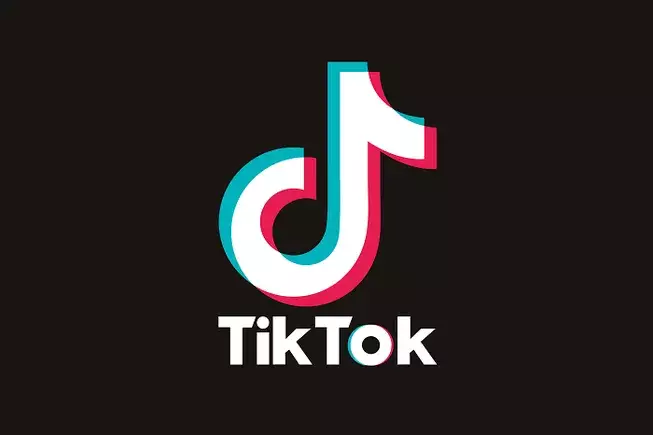TikTok has recently been at the center of a significant political and cultural maelstrom in the United States, with its future hanging perilously in the balance. As the deadline looms for potential restrictions on TikTok’s operations in the U.S., President-elect Donald Trump is striving to pivot the narrative and possibly salvage the app for millions of American users. This unprecedented situation offers a profound insight into the intersection of politics, technology, and user engagement in today’s digital landscape.
The backdrop of this unfolding drama can be traced to rising national security concerns regarding TikTok’s Chinese ownership and its implications for user data privacy. Previous attempts to ban the app altogether stemmed from fears that it could be exploited for espionage or influence operations by foreign powers. These fears, while not without justification, have largely polarized public opinion, with a staggering 170 million Americans reportedly using the platform.
In a bold move to reorient this debate, Trump’s transition team recently filed an amicus brief with the Supreme Court, arguing for a stay on the impending ban. This maneuver seems to indicate Trump’s desire to leverage his position to negotiate a path forward that would appease both his political base and the millions of TikTok users. The essence of the brief underscores Trump’s contention that he represents the voice of these users, thereby framing the issue not just as a matter of policy but as one of free speech.
Trump’s extensive experience with social media and his own substantial following on TikTok arguably offer him a distinctive vantage point in this discussion. With 14.7 million followers on the platform, he portrays himself as a leading voice in the social media landscape. The idea that the President of the United States could intervene on behalf of a platform that allows for real-time communication and direct engagement with constituents adds a layer of complexity to the situation.
This scenario unveils a deeper question: How do political figures navigate the rapidly evolving terrain of social media? Trump’s quest to utilize his “deal-making expertise” to broker a resolution illuminates the intricate dance between governance and digital identity. By characterizing TikTok as an essential medium for freedom of expression, he seeks to redirect concerns about national security into a narrative that underscores user autonomy and the cultural significance of social media platforms.
This isn’t the first time TikTok has found itself embroiled in ownership disputes. Back in 2020, Trump aggressively pushed for the app to be sold off due to concerns about its links to China, offering a glimpse into how swiftly the tides can turn in the world of technology. At that time, he even suggested a sale to an Oracle and Walmart consortium – a move that raised eyebrows given Trump’s longstanding connections with powerful business figures like Larry Ellison.
Then, as now, the politics of TikTok embody more than mere corporate transactions; they highlight the fragility of user data sovereignty in an increasingly interconnected world. While the Biden administration previously allowed TikTok to operate under its original Chinese ownership, Trump’s historical push for a sale suggests that he might still entertain similar avenues to placate both critics and supporters alike. This potential pivot could signal a push to reignite stalled negotiations or even propose alternative resolutions entirely.
The Supreme Court’s impending decision to hear TikTok’s final appeal on January 10th constitutes a critical juncture in this saga. Should the court grant Trump’s request for a delay, it would temporarily halt the app’s ban and grant Trump breathing room to propose new solutions. This proposition, however, raises questions about the effectiveness of political intervention in commercial matters, especially when the clock is ticking down to a definitive legal cutoff.
Moreover, if Trump manages to leverage this moment effectively, he could redefine the parameters by which tech companies operate within the U.S., potentially setting new precedents for future government-corporate interactions. Yet there remains much uncertainty regarding the specific strategies Trump and his administration might employ to navigate these uncharted waters.
As the situation unfolds, the TikTok dilemma reflects broader questions about digital freedom, user agency, and the role of government in regulating technology. With Trump’s profound personal stake in the platform and his characteristic flair for negotiation, the possibility of a reprieve for TikTok users remains tantalizingly close yet perilously uncertain. In the evolving landscape of digital communication, this moment serves as a poignant reminder of the interplay between user influence and political maneuvering, as the future of TikTok and its community hangs in the balance.

